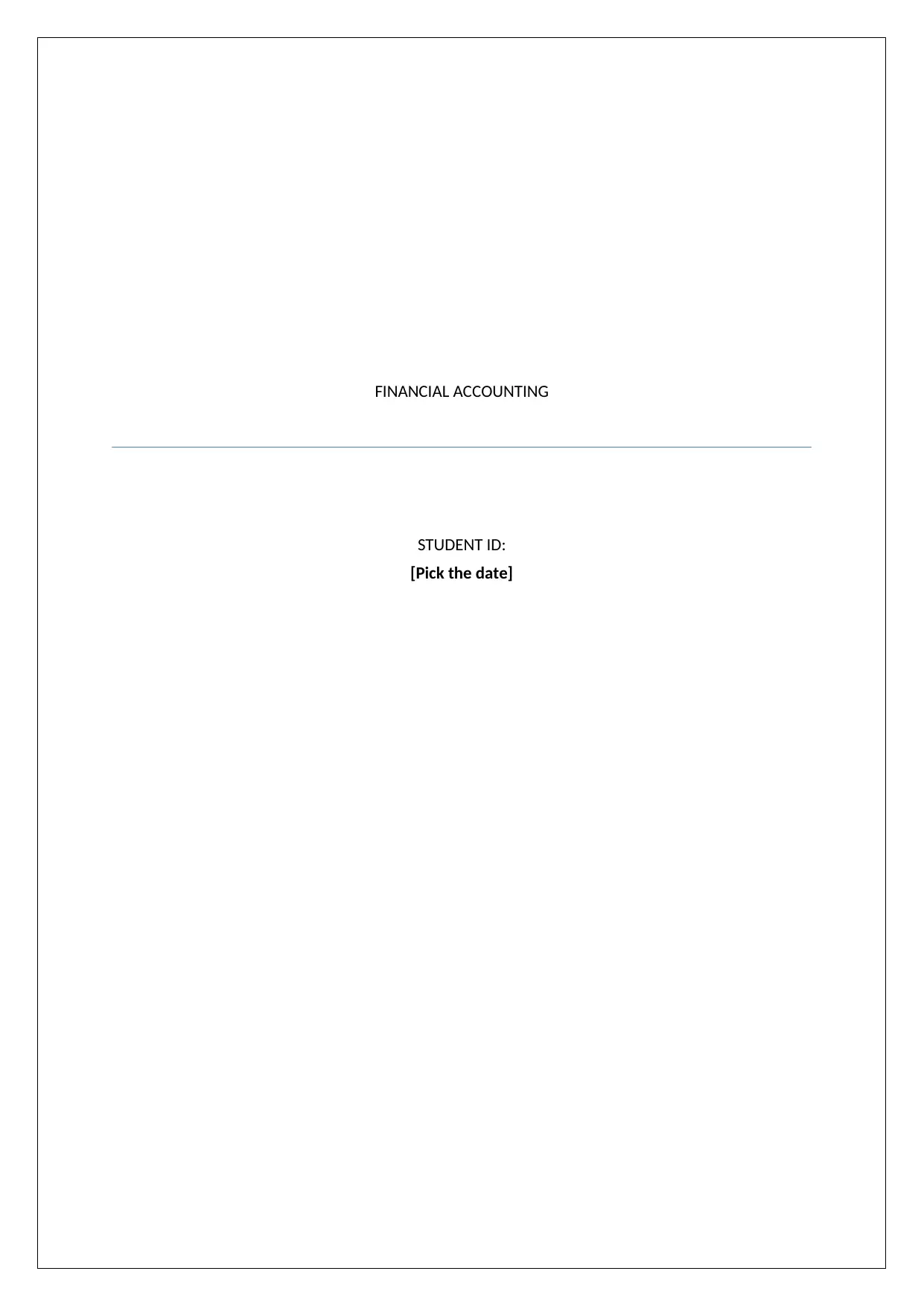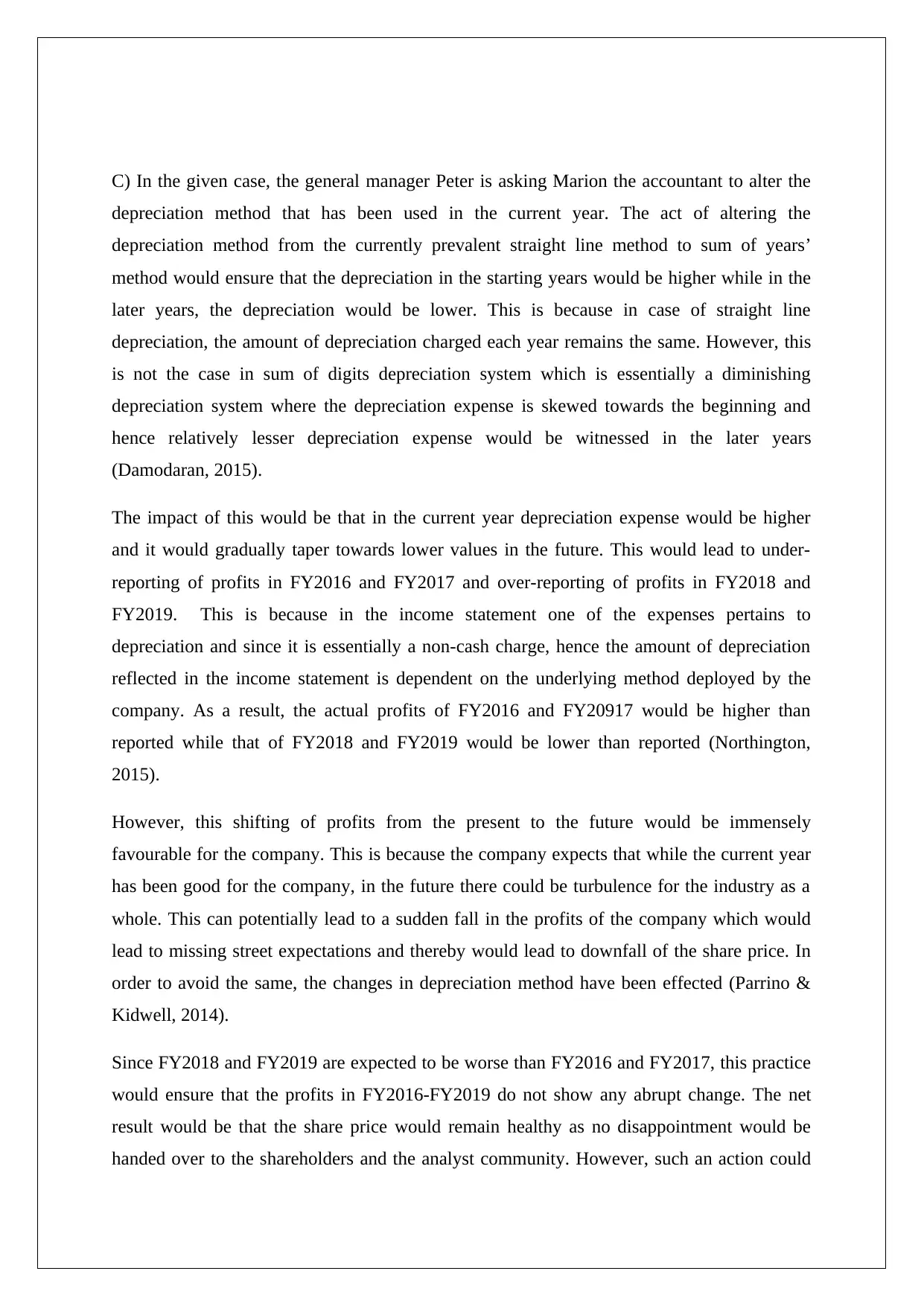Financial Accounting: Depreciation Analysis Report for Business
VerifiedAdded on 2023/06/07
|4
|604
|268
Report
AI Summary
This report provides an analysis of depreciation methods, specifically comparing the straight-line method and the sum-of-the-years' digits method. It examines how the choice of depreciation method affects financial statements, particularly the income statement, and how it impacts the reported profits and share price. The report discusses the implications of shifting depreciation expenses between periods, potentially manipulating financial results, and the ethical considerations involved in such practices. It also references key texts in corporate finance to support its arguments and analysis of depreciation methods and their impact on financial reporting.
1 out of 4










![[object Object]](/_next/static/media/star-bottom.7253800d.svg)